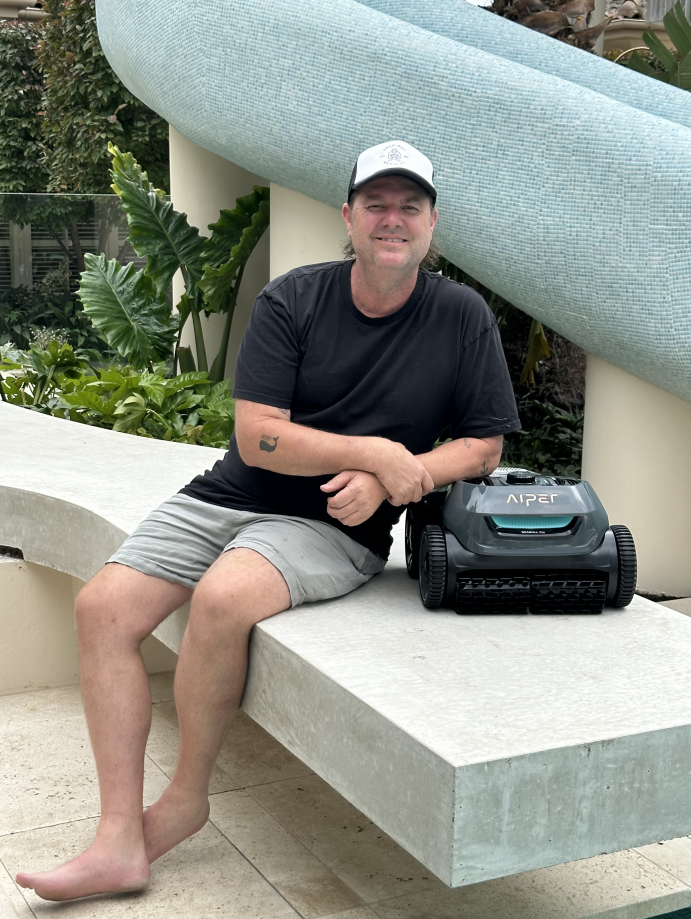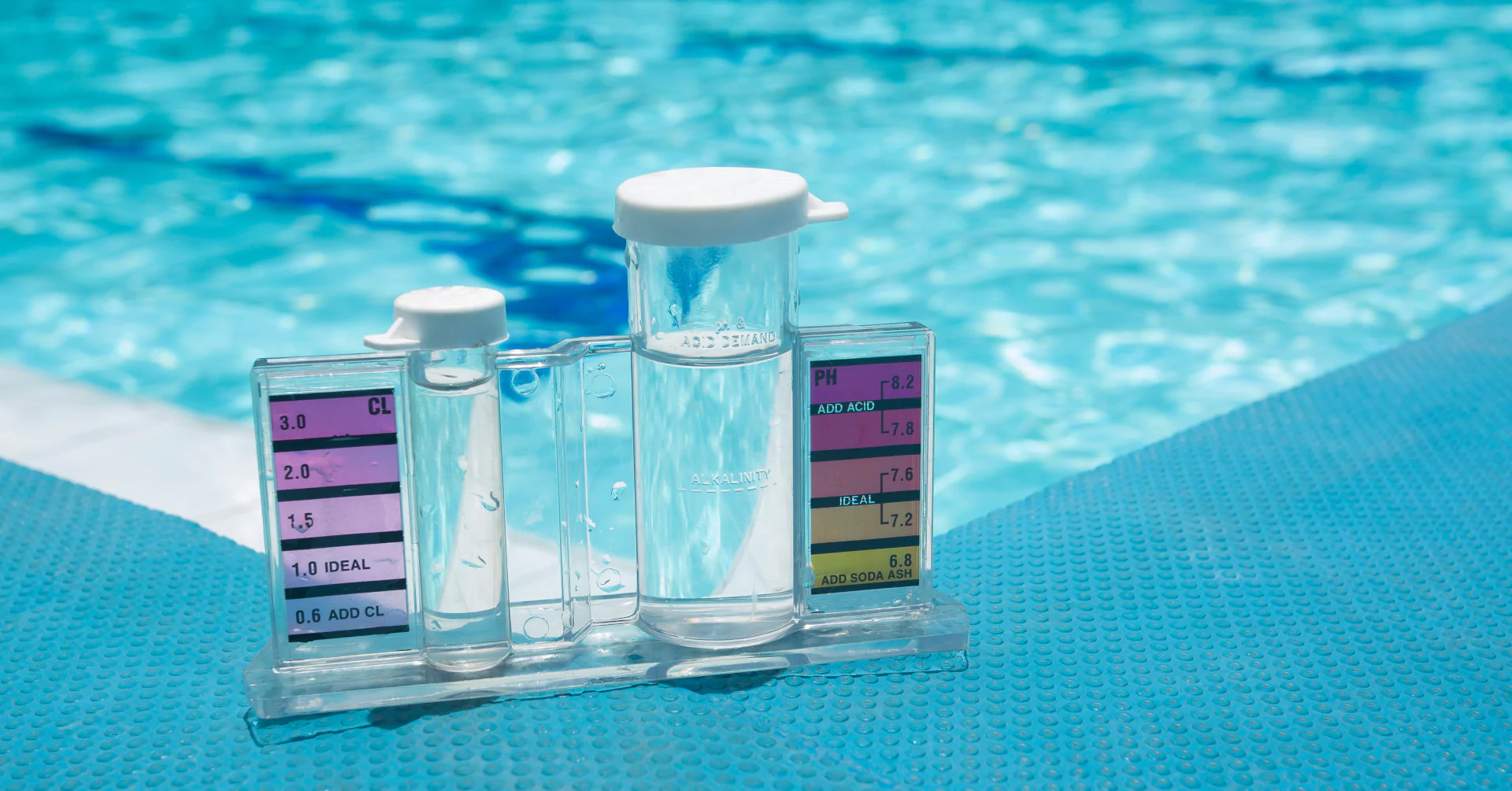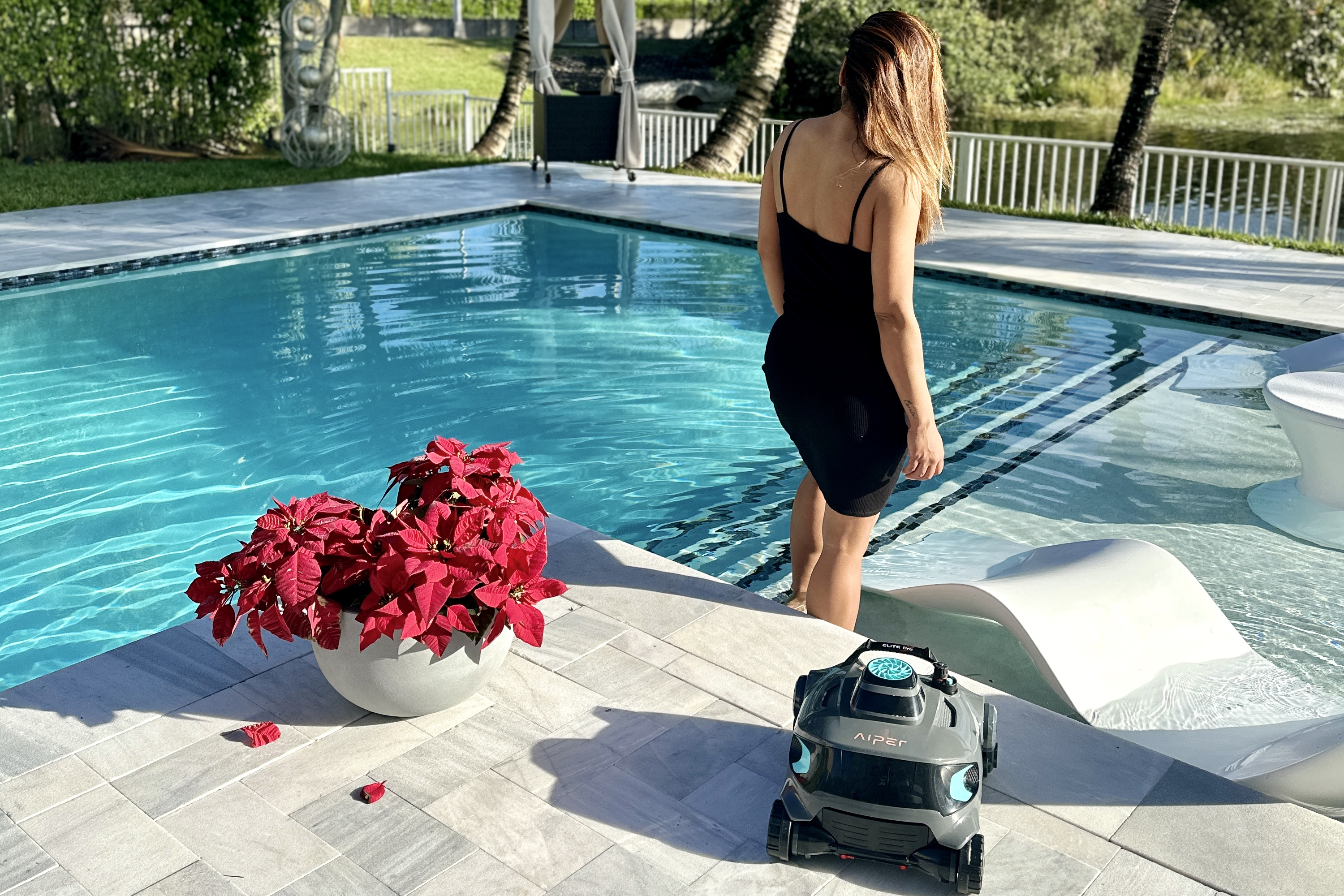
Aiper’s Innovation Takes Flight with Dave Franklin Designs Partnership
In the ever-evolving landscape of technological advancements and innovative solutions, partnerships play a crucial role in pushing the boundaries of what is possible. Aiper, a
Subscribe Now to Get AUD $15 Off Coupon

There are four major elements to consider when dealing with proper pool chemistry. First and foremost, it’s important to note that this balance of measurements is very important for keeping your pool clean, happy, and healthy.
The 4 we will discuss here are:
Chlorine
pH
Total Alkalinity (TA)
Calcium Hardness
Before we get into the numbers, let’s review a few chemical safety tips.
So now that we’re safe, let’s have a look at proper pool chemical levels.
For most pools, chlorine is used as the primary disinfecting agent. It is known to kill a wide range of harmful bacteria that can grow in water.
The proper level of chlorination is between 1 and 3 parts per million. During hot, sunny months, you may also have to shock your pool, or at least treat it more frequently, as sunlight shortens the effective life of chlorine.
Ideally, a proper pool pH is between 7.4 and 7.6 parts per million. Depending upon certain conditions, however, it may be more likely to be able to maintain a range of 7.2 to 7.8. Anything above or below that can cause issues.
A low pH is associated with acidity, and can damage your pool and other equipment over time.
A high pH will make your chlorine treatments less effective.
Similar to pH, TA outside of recommended ranges can damage your pool surface (liner, gunite, etc.) and equipment.
TA should always be between 80 and 120 PPM.
There’s a direct relationship between TA and pH, so you may also find that if your TA is off, you’ll see your pH levels fluctuate frequently, making it tough to properly balance.
Proper TA levels also make chlorination more effective, so being outside of normal ranges can make you have to use chlorine more frequently, or shock your pool often once TA and pH return to acceptable levels.
Calcium hardness is one of the tougher things to manage properly, as where you get your water from will dictate your starting levels.
Water wants to have a specific level of calcium, and it will naturally try to correct itself. Hard water, or water containing too much calcium will remove it, and you may notice white deposits on your ladder or other pool parts.
Soft water will attempt to gain calcium, and will actively take it from any source it can find, such as the walls of your pool if it contains it.
A proper calcium hardness is between 180 & 400 parts per million, with 220 being close to ideal.
While there are many factors that impact pool chemistry, one thing is for sure: leaving debris in the pool to rot over time can play a major role in water quality issues. So aside from just keeping things looking great, vacuuming up leaves and other things that may fall in helps protect your investment long term.
Aiper offers a full line of robotic vacuum cleaners right for any pool. Use our easy vacuum selector and make your life easier today!

In the ever-evolving landscape of technological advancements and innovative solutions, partnerships play a crucial role in pushing the boundaries of what is possible. Aiper, a

The Maldives (Photo by One & Only Reethi Rah) There are fantastic pools all over the world and then there are the pools that we’ll

You always wanted a pool in your house and now you have it! You are enjoying all the positive perks of this joyous luxury and

Pool cleaners are definitely the best for quickly and efficiently cleaning your pools. However, without a pool skimmer, a pool cleaner or pool vacuum will

Thanks to modern technology, you can save time and money while keeping your pool clean. Introducing the robotic pool cleaner― your all-in-one pool companion. But
Aiper 2023. All Rights Reserved